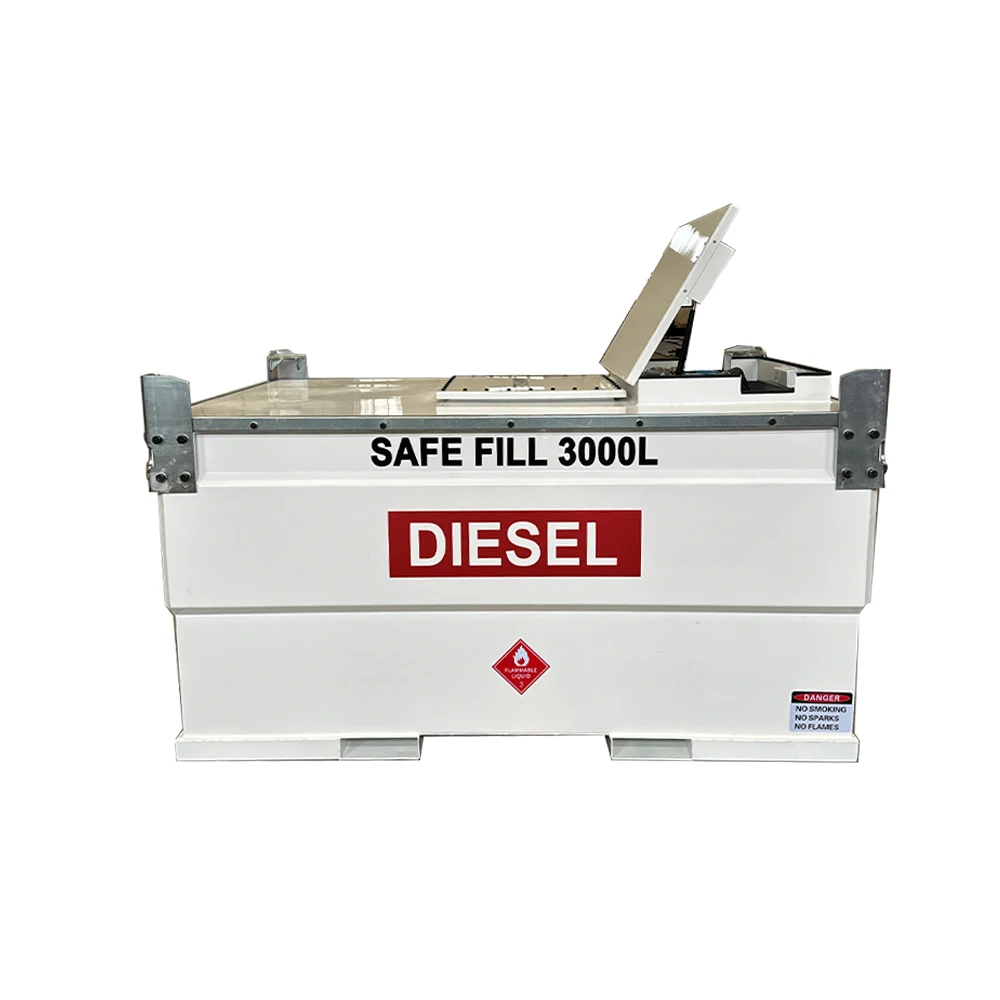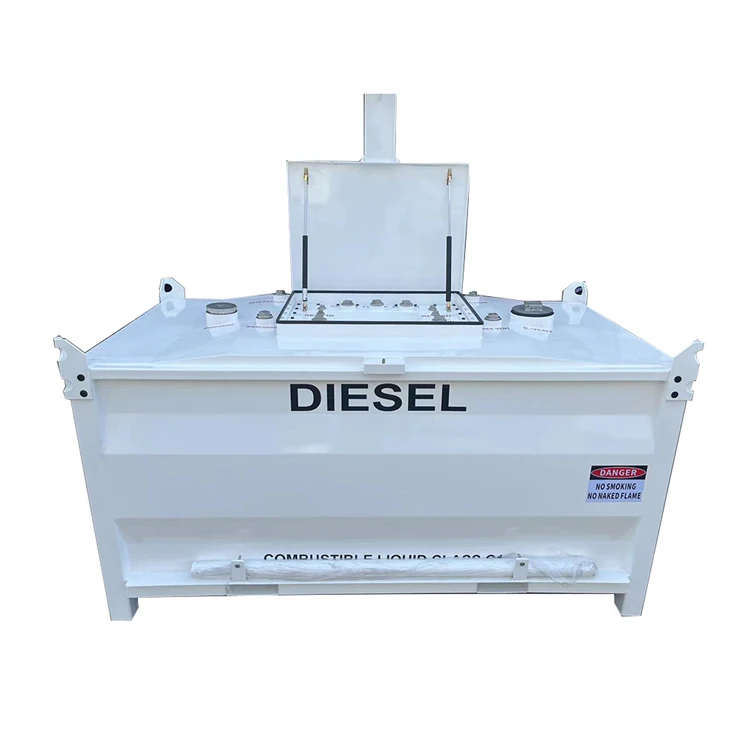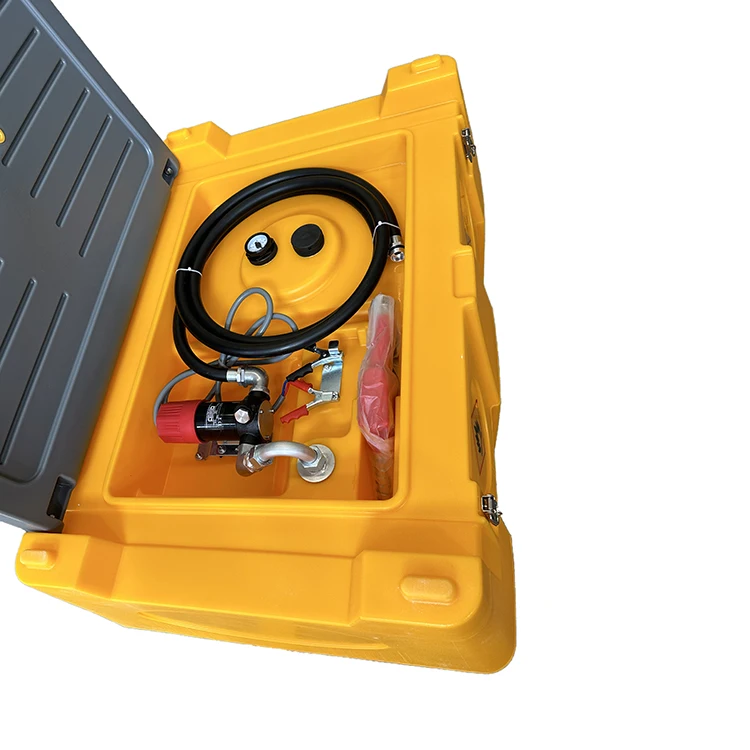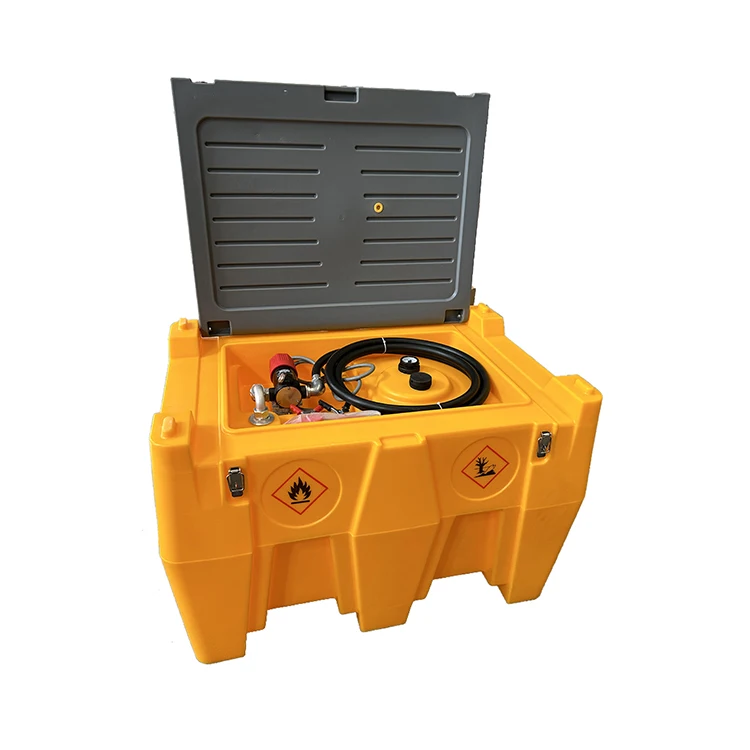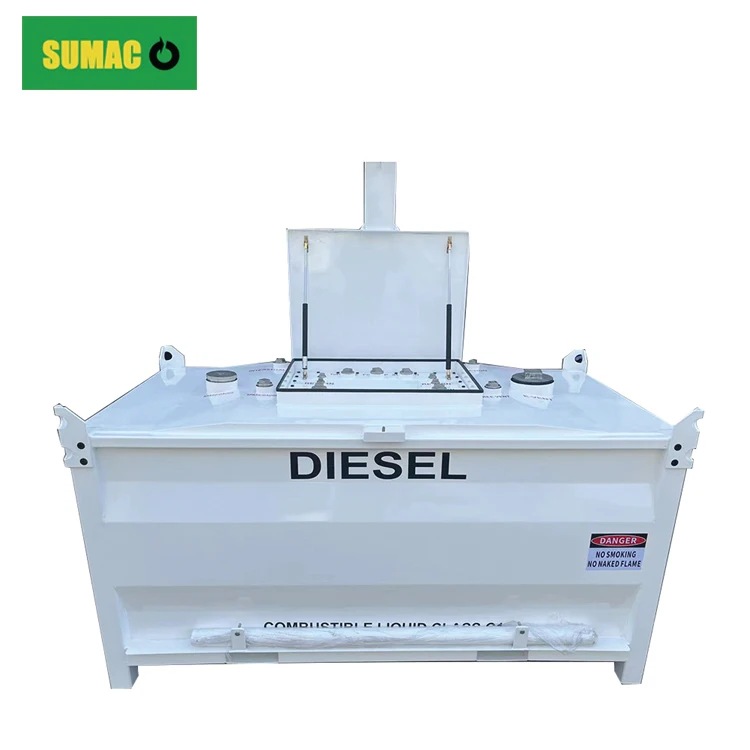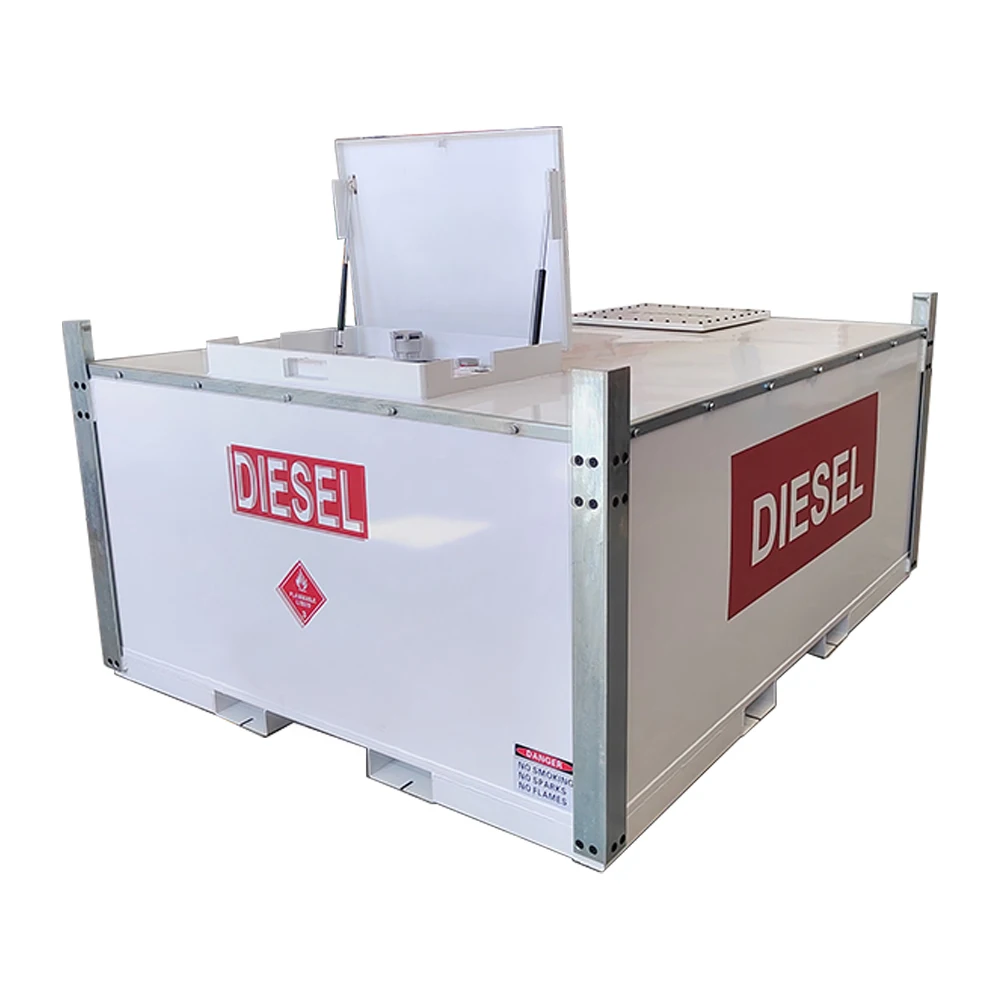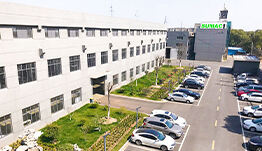Jet fuel transfer fuel tank with pump and hose reel
When considering a jet fuel transfer system with a tank, pump, and hose reel, here are the key components and features to keep in mind:
Components
1. Fuel Tank:
Material: Usually made of carbon steel or aluminum to resist corrosion.
Capacity: Available in various sizes based on your operational needs.
Certifications: Ensure compliance with relevant regulations (e.g., UL, API).
Features: May include internal baffles to reduce sloshing.
2. Pump:
Type: Electric or mechanical pumps are common; choose based on flow rate and pressure requirements.
Flow Rate: Typically ranges from 30 to 150 gallons per minute, depending on the application.
Safety Features: Overload protection, explosion-proof options for hazardous environments.
3. Hose Reel:
Material: Durable materials like steel or high-density polyethylene (HDPE).
Length: Hose lengths can vary; common lengths are between 50 to 100 feet.
Retractable: Automatic or manual retractable reels for ease of use.
Swivel Connections: To prevent kinks and enhance maneuverability.
4. Hoses:
Type: Designed for aviation fuel; must meet specific standards (e.g., MIL-DTL-83461).
Diameter: Common diameters include 1", 1.5", or 2" based on flow requirements.
5. Filtration System:
Purpose: To remove contaminants from the fuel before transfer.
Type: Can include coalescing filters for water separation.
6. Control System:
Automation: Depending on the setup, consider digital controls for monitoring flow and fuel levels.
Safety Alarms: Leak detection and emergency shut-off systems for safety.
Considerations
Compliance: Ensure all equipment meets local and international regulations for fuel handling.
Installation: Proper installation is crucial for safety and efficiency; consider hiring professionals.
Maintenance: Regular checks and maintenance schedules should be established to ensure longevity and safety.
Training: Operators should be trained in safe fuel handling practices.
Applications
Aviation: Primarily used at airports for refueling aircraft.
Military: Used in military operations for fuel logistics.
Emergency Services: Fuel transfer systems for firefighting or rescue missions.
This setup facilitates efficient and safe fuel transfer operations while adhering to regulatory standards.
https://www.sumachine.com/

Recommended Products
Hot News
-
Double wall portable diesel gasoline cube tank with pump sale for Mauritius
2024-11-11
-
Double Walled Portable Fuel TransferCube Tank Ship To Spain
2024-11-07
-
Shipping of portable aviation fuel tank with pump
2024-10-12
-
Carbon steel diesel fuel cube tank ship to USA
2024-11-14
-
Carbon steel cube tank with pump
2024-11-13
-
Fuel Transfer Tank Cube Stationary Double Walled Diesel Storage Tank Sale For Spain
2024-11-06
-
251 US Gallon 552 Gallon Fuel Cube Transfer Tank Sale For USA
2024-11-05
-
251-2000 Gallon Fuel Cube Transfer Tank Sale For Grenada
2024-11-01
-
552 Gallon portable fuel dispenser with tank sale for USA
2024-10-30
-
Mobile fuel tank with pump sale for Spain
2024-10-22
 EN
EN
 AR
AR
 BG
BG
 HR
HR
 CS
CS
 DA
DA
 NL
NL
 FI
FI
 FR
FR
 DE
DE
 EL
EL
 IT
IT
 JA
JA
 KO
KO
 NO
NO
 PL
PL
 PT
PT
 RO
RO
 RU
RU
 ES
ES
 SV
SV
 TL
TL
 ID
ID
 LT
LT
 SR
SR
 SK
SK
 SL
SL
 UK
UK
 VI
VI
 HU
HU
 TH
TH
 TR
TR
 MS
MS
 GA
GA
 IS
IS
 KA
KA
 HT
HT
 KK
KK
 UZ
UZ


